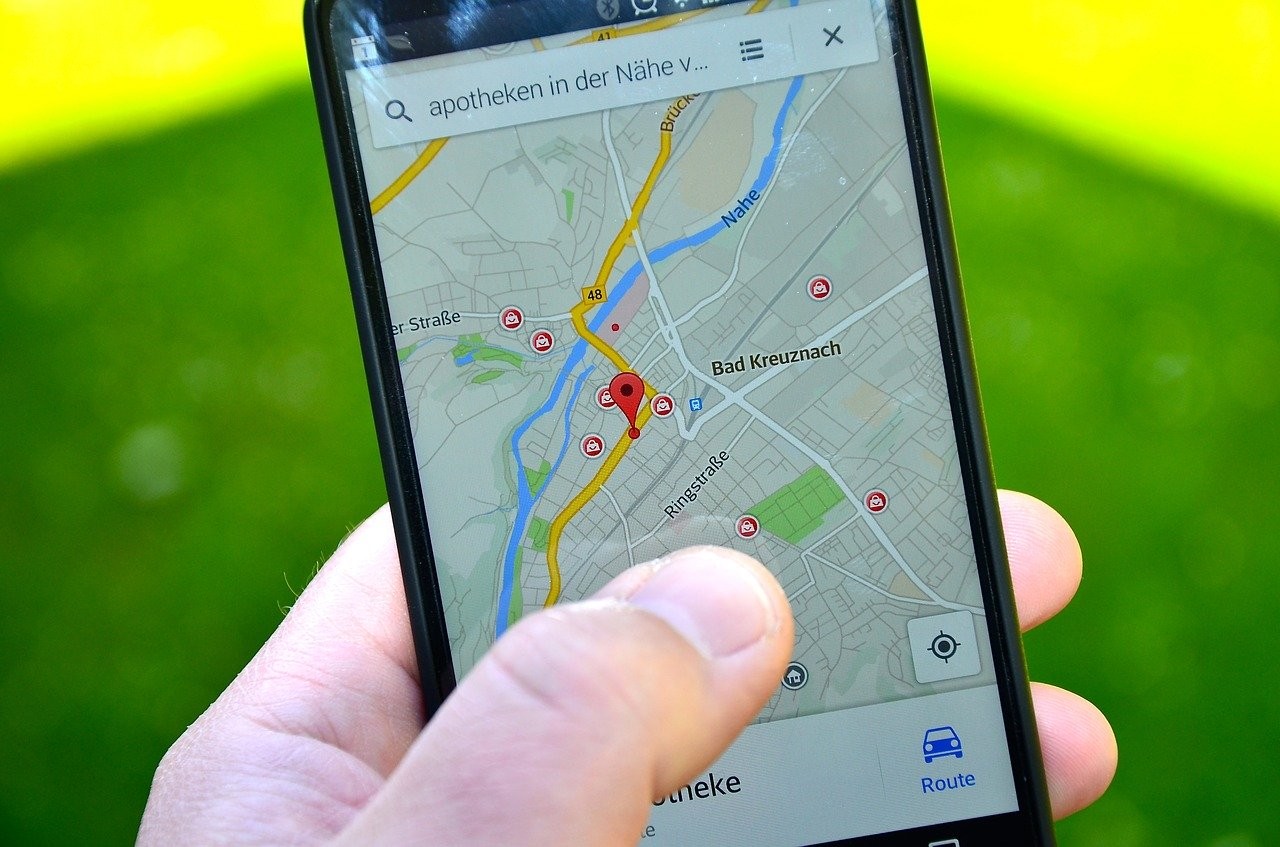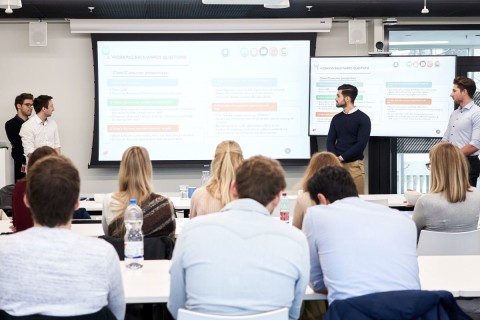Motivations to Share Transportation Data
DTLab Challenge with the City of Munich

Overview
The administration of the City of Munich consists of 13 departments, including city planning, which includes traffic planning among others.
In 2018, the city administration released a new draft of a new strategic guideline in collaboration with experts and external stakeholders. It includes guidance in the field of responsible handling of data, digitalization for sustainable development and digital administration, and it provides experimentation fields for smart city applications. The term "smart city" is often used to describe a city that is "fit for future city development". The city administration sees the digital transformation towards a "smart city" as a core part of their vision and strategy.
Problem
Today the city of Munich has only poor information about the traffic situation inside the city. To do better short-, mid- and long-term planning and to provide better solutions for the future, it would be essential to have reliable traffic data. The city administration wants to find out under which circumstances and incentives Munich's residents, commuters or visitors would volunteer to share their data (e.g. collected by a smartphone app) with the administration. With the data they would be hoping to be able to improve the current situation, to receive better real time information and to enable the government to launch the right initiatives.
The challenge for the students was: "How might we motivate commuters and tourists of Munich to give access to their transportation data?"

Approach
The approach can be divided into a process with four steps:
After the team was assigned the task, the first step was to get more insights into the problem. In a kick-off meeting with the city administration, a clear problem description and a timeline were developed.
In collaboration with Amazon Web Services, the team completed an innovation workshop in oder to find a first solution draft. The innovation method "Working Backwards" gave them deeper insights into the origin of the problem and supported the solution finding process. The student team then proposed their idea and alternatives to the product owner of the project, a member of the city administration, and he confirmed the initial approach.
The idea was to extend the already existing app "München", which offers information about the public transportation, ongoing events and news from the government. In an added feature called "Data Share", the app user will see a screen asking if he or she wants to share their data, and how this would help the city. The app user types in their means of transportation, gives permission to share their location and clicks on a "Start route" button. Depending on their way of transportation and the journey time, they receive virtual points for sharing their data. When they have collected enough points, they can get rewards through the "München" app by paying with those points. The rewards could be anything from discounts at public museums to early access for theatre tickets. What kind of rewards will be offered is based on a survey that the student team conducted.
The conduction of the survey was the third part of the process. 50 respondents answered questions about their demographic information, their satisfaction with public transportation and their opinion about different incentives to share their data. The last part was divided into two categories, their fundamental willingness to share data and what would be the circumstances that might make them share information about their traffic routes.
Following this, the student team used the reward which had the highest score in the survey as an example to build a prototype. This step had been confirmed by the product owner beforehand. In addition to the prototype, useful information like how much the app could cost, what the biggest barriers to overcome are and what could be solutions for those challenges were researched and presented to members of the city administration.
Prototype
In the beginning, the team used pen and paper sketches to structure the outline of the extension that will be added to the current "München" app. Afterwards, one team member continued working on the prototype using Adobe XD software. The prototype can be found here.
Next Steps
The final presentation for city administration members took place on January 13th. After the presentation, the student team shared their presentation, the link to the prototype and the survey results with the city administration, who will take the project as an input for future actions.
About the Co-Innovation Lab
This challenge was carried out as a joint project between the DTLab and the Co-Innovation-Lab of the Munich University of Applied Sciences. The Co-Innovation Lab is a comprehensive concept for innovation projects between students and companies. Temporary innovation partnerships - in the form of projects - are created between companies, students and lecturers. Initiated by Prof. Holger Günzel and Prof. Lars Brehm (both Munich University of Applied Sciences), more than 25 innovation projects are currently carried out each year, often on an interdisciplinary basis. The Co-Innovation Lab is structured as an open community. Interested lecturers can use the concept of the Co-Innovation Lab in their courses and are welcome to actively participate in its further development.
Instructors: Prof. Dr. Eva Anderl, Prof. Dr. Lars Brehm
13.01.2020
Documents
A selection of the documents created by the students during the challenge can be found here: